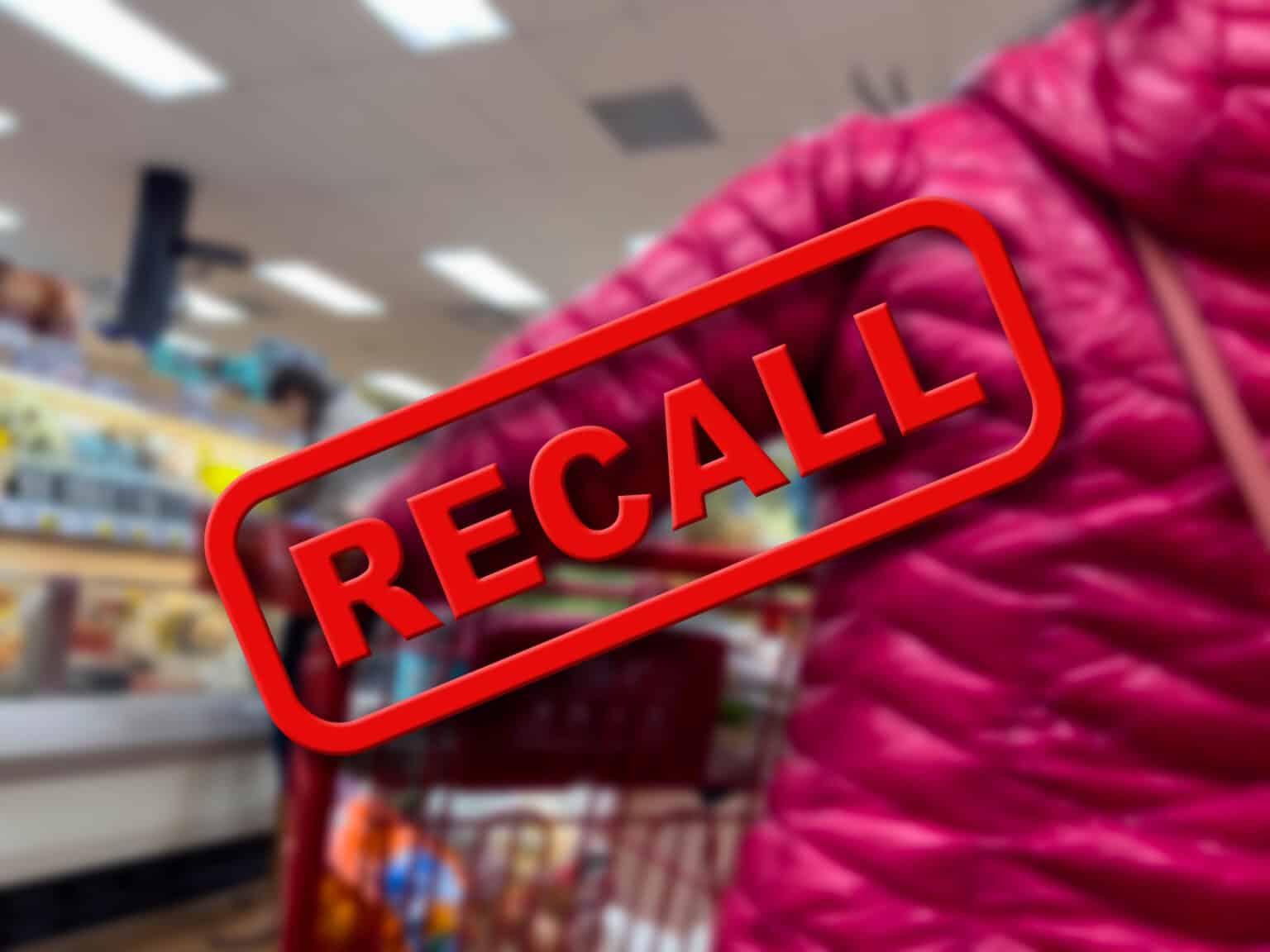Top 5 Measurable Costs of a Warning Letter
In part one of this two part blog series, we laid out the top 5 immeasurable costs to an FDA warning letter; including reputation damage and competitor leverage (read part 1 here). In this part, we will discuss the most common and top costs to receiving a warning letter from the FDA. We have witnessed these top 5 cost areas over and over again in Life Sciences companies who have received a warning letter/483.
The true impact of a warning letter is impossible to measure, because it is unique for each company. However, the measurable costs of a warning letter are easily identified and often are incurred both immediately and throughout many years in the following top 5 areas:
- Corrective Action – The FDA provides a list of concerns to the company from their inspection of the facility. Companies who receive a warning letter incur some amount of corrective action costs in order to address the FDA’s concerns. Some companies also implement a corrective action team.
- Consultants – In order to properly implement the corrective action plan and perhaps team, a company may need to hire additional consultants to help respond and identify problems. In some cases, companies have spent over $1 million on consultants as a result of the warning letter/483.
- Quality Systems Improvement Initiatives (QSII) – As part of the corrective actions, companies also implement and spend time and money establishing a QSII. During this time, the company will experience additional implementation costs and may even lose employees as a result of the process.
- Fines – While financial penalties are not typically levied from warning letters and 483’s, they could be if the issues repeatedly go unresolved. Fines are unique to each case and can be quite significant.
- Plant Closing/Production Halt – Finally, after spending much time and money as a result of the warning letter, many companies who have been unsuccessful in remediating issues are forced to halt product manufacturing or even close their facilities. They may need to move the product into a new facility or outsource the manufacturing.
In the end, a warning letter typically does not cause every company to shut down, but the immediate and measurable costs are extensive.
In another blog, 3 Ways to Increase Profitability and Compliance, we analyze how companies can avoid FDA warnings by taking a holistic approach to product quality and manufacturing processes. Read more here.
|
[White Paper] The Compelling Case for GMP Compliance Investment |
|
|
Today’s regulatory environment is increasing the need to invest in GMP compliance automation. This paper will discuss the increase in FDA enforcement, CMMS technology drivers and the benefits of implementing a CMMS solution. |
|


